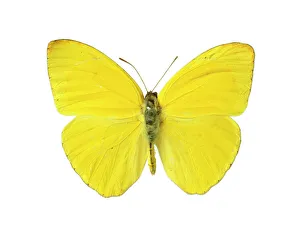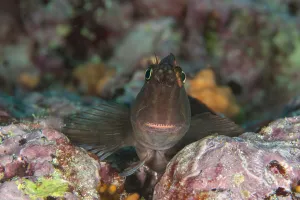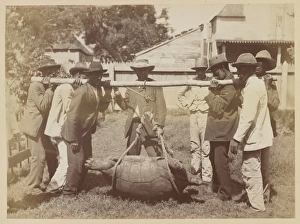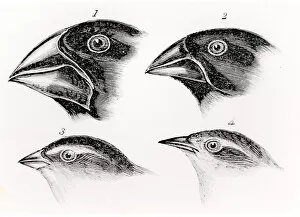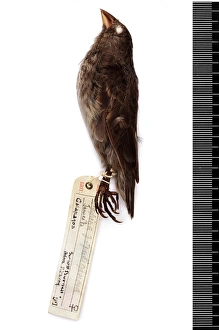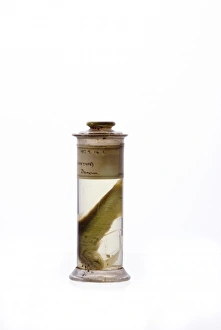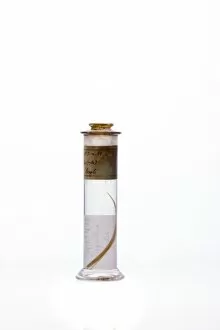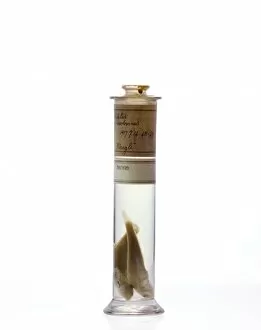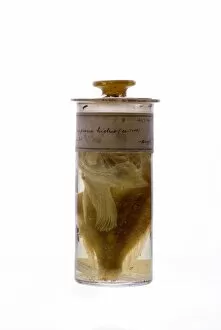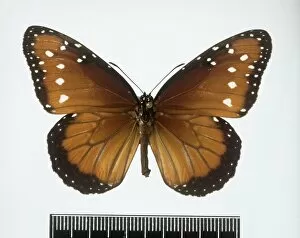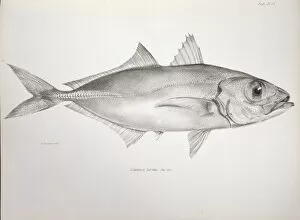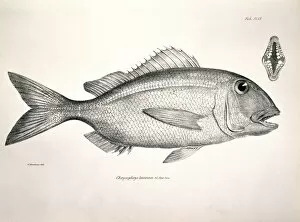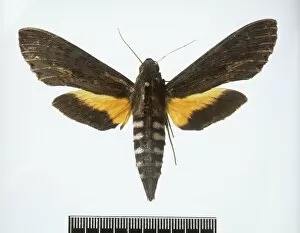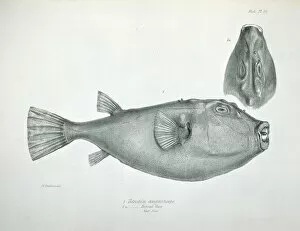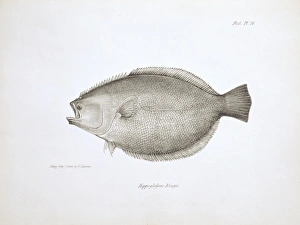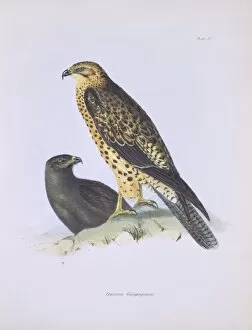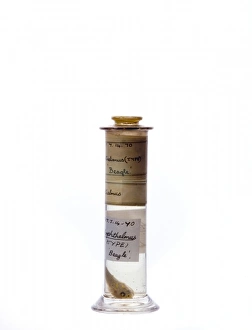Galapagos Archipelago Collection
The Galapagos Archipelago, a mesmerizing paradise of biodiversity and natural wonders
All Professionally Made to Order for Quick Shipping
The Galapagos Archipelago, a mesmerizing paradise of biodiversity and natural wonders. Here, amidst the enchanting landscapes, one can witness the delicate beauty of the Phoebis sennae, also known as the cloudless sulphur butterfly. Its vibrant yellow wings flutter gracefully in harmony with this unique ecosystem. In 1898, C. M. Harris dedicated himself to tending 29 live Galapagos Tortoises on these very islands. His dedication and care ensured their survival in this extraordinary habitat that has captivated scientists and nature enthusiasts alike for centuries. As we explore further into this archipelago's secrets, we encounter Pyrocephalus nanus perched atop a branch, its fiery red plumage contrasting against the lush greenery. Alongside it stands Tenagra darwin with folded wings - a testament to Charles Darwin's profound influence on our understanding of evolution through his observations in these very lands. Transporting Giant tortoises becomes an awe-inspiring sight as these ancient creatures move slowly but purposefully across rocky terrain. Their presence is a reminder of the rich history embedded within every inch of this remarkable place. Venturing beneath the waves surrounding the Galapagos Islands reveals another hidden gem - Ophiblennius steindachneri or Large-banded Blenny seeking refuge close to cracks and holes in vibrant coral reefs. These tiny inhabitants add splashes of color to an already breathtaking underwater world. On Santa Cruz Island, we find ourselves spellbound by a Brown Pelican sitting proudly on its nest – symbolizing resilience and adaptability that characterizes life here in this remote corner of Ecuador's natural treasure trove. Darwin's bird observations come alive through lithographs capturing their essence forever frozen in time – black-and-white photographs transporting us back to an era where discovery was paramount. Amongst all these marvels resides Testudo abingdonii.

